How Story Structure Improves Content Marketing
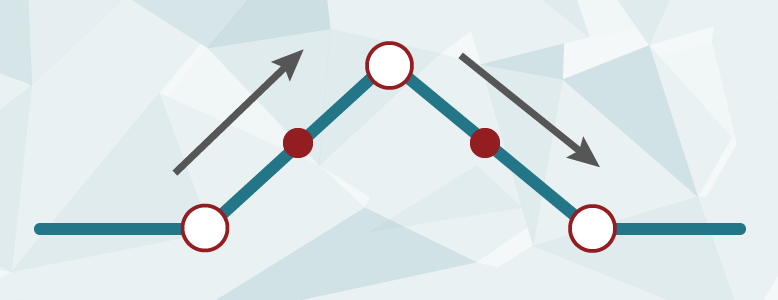
In the age of digital marketing, good stories—and good story structure—matter more than ever. In this post, we explore why it is critical to prioritize good storytelling techniques in your content marketing.
Good stories are one of the most universal human experiences. Stories cross cultural boundaries and transcend divisions, bringing us together to marvel at our human experience and imagine scenarios that may (or may not) come to pass. Our brains are hardwired to react to good stories, especially those that are character-driven and filled with tension. This makes good story structure and the act of storytelling very powerful communications tools. So why does so much content marketing overlook good storytelling?
Prioritizing Good Storytelling
For most organizations, content writing typically exists for a specific purpose: to advance marketing goals. Because much of it ends up online, technical components often define successful content writing:
- Does it employ an effective keyword strategy?
- Is page metadata optimized for search engines?
- Are there an appropriate number of internal links to relevant content?
And so on. Good storytelling can get lost when content teams prioritize these details. While SEO practices are an impactful component of any successful content strategy, they must be balanced with good story structure and storytelling techniques. We are strong believers in the importance and utility of storytelling in content marketing. Here is how to utilize creative story structure and good storytelling techniques to create content that resonates with your readership.
Defining Your Audience
First, writing good content requires that you identify who your audience is and why they should care. While this might seem less important for, say, a novel or short story, it is critical in content marketing. Answer these questions:
- Who are you trying to reach?
- How do they typically engage with content?
- What answers are they trying to find?
- Why should they care?
Identifying audience characteristics up front—and, more specifically, what they’re searching for—are important drivers for online storytelling. At Mightybytes, during discovery workshops, we use personas to define target users and run our clients through a series of exercises to align their business goals with target user needs. This helps everyone more clearly understand project goals and strengthens our collective understanding of what success looks like. These personas can also drive which stories we tell and how we tell them.
So, what does this have to do with good storytelling? Knowing who you’re writing for will reduce your risk of missing the mark with any story you tell. It will also help you better understand if the story you want to tell is the story your audience needs right now.
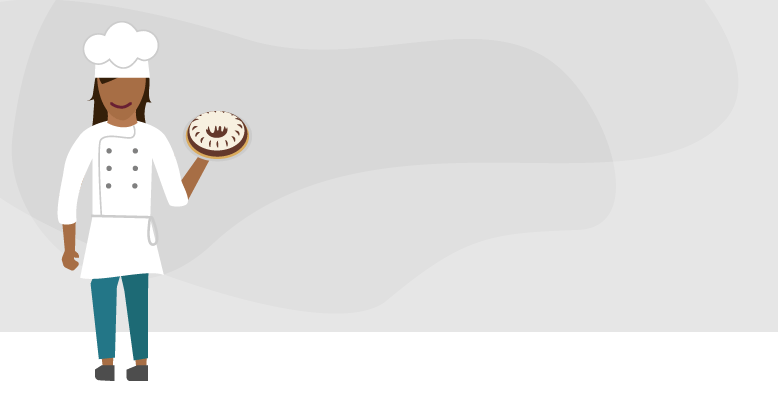
Details and Character-Driven Narratives
A memorable character can turn a good story great. So, what makes a good character? It’s all about details and relatability. Maybe they have funny mannerisms. Perhaps they speak in a certain way, always wear a memorable piece of clothing, or hug everyone they see. Maybe they spit when they talk, say rude things, or are motivated only by money. Regardless, chances are if you think of your favorite stories, good characters—and the details associated with them—are the first things you remember.
To illustrate story structure in action, we’re going to follow the character of Beatriz the Baker. Beatriz owns a bakery in Chicago’s Pilsen neighborhood that specializes in pastries from Colombia, where her family’s from. Her recipes are family traditions, passed down through generations. Her story of struggling through a pandemic is an unfortunately common one in 2020.
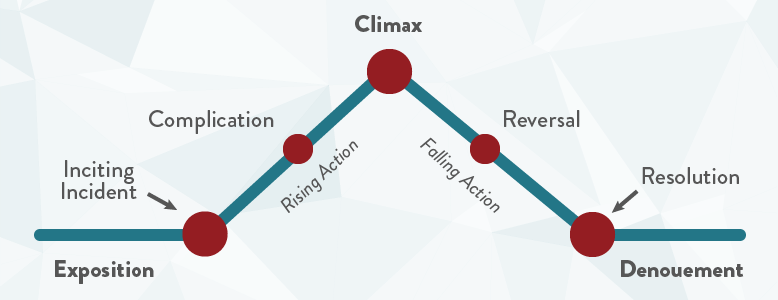
Story Structure: How Stories Work
Stories come in many shapes and sizes. A very common story structure is represented by Freytag’s pyramid. According to the pyramid, most stories have five defining phases:
- Exposition: Also known as the setup. This is where the stage is set for the story to take place.
- Rising Action: Usually brought on by a “inciting incident,” the rising action is the catalyst for the rest of the story.
- Climax: A story’s climax occurs when the action reaches its peak, something happens and the rest of the story is spent dealing with the aftermath.
- Falling Action: This is where the story’s post-climax aftermath is sorted out, leading to the resolution.
- Resolution: The story reaches a conclusion. The threads in the narrative are wrapped up, big questions are answered.
Countless plots can fit into this story structure, from The Lion King and Harry Potter to The Lord of the Rings, Shakespearean tragedies, and so on. The form relies on a strong opening, layering tension, a thrilling climax, and a satisfying resolution. These are the qualities that build a strong story and consequently, engaging content.
Hook and Exposition
When people read web content, their first question is often “what will I get out of reading this?” It is a writer’s job to anticipate this question and provide an answer or “hook” that will inspire them to continue reading. Be clear and deliver your hook quickly. Similar to an “inciting incident” in creative writing, this stands as the event that sets your story in motion. In content marketing, the hook is the idea or line that tells the reader, “here is what you’ll get out of this.”
But there is often a difference between the placement of an inciting incident in creative writing and content marketing. In narrative stories, the inciting incident typically takes place after some exposition. Take Harry Potter, for example. The inciting incident is when Harry gets his invitation to Hogwarts. But to know why this is significant, the story has to explain some things before the invitation arrives. This is in stark contrast to content marketing where the hook is typically right up front.
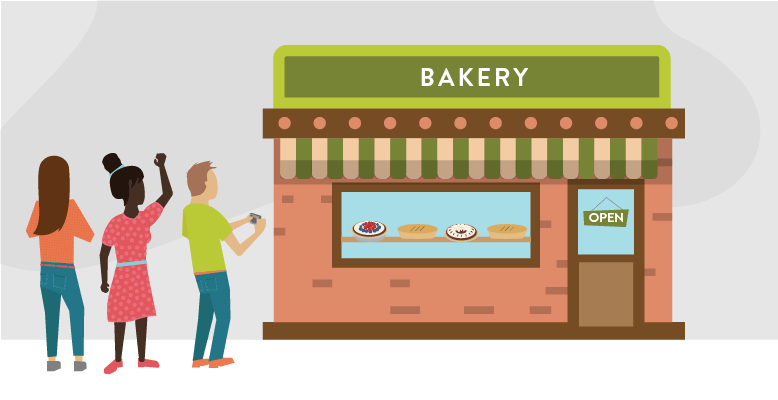
In Beatriz’s story, her bakery, which opened in 2016, caters to mostly neighborhood locals. The bakery is known for its roscón, a ringed pastry that Beatriz fills with different ingredients each week and sells with fresh-ground Colombian coffee as a daily special. While Beatriz’s business isn’t booming, she makes a good living from it, despite the long hours, and is able to hire Sebastian, a student from a nearby college, to help with baking and run the register.
With this exposition, we set the stage for Beatriz’s story to unfold. We know who the story is about and the context she resides in. We also begin to get pieces of her personality. She is community-oriented, hard working, and savvy enough to keep a modest business afloat for a few years. We set the stage for the inciting incident by creating the image of her reality.
Rising Action and Tension
For content to be successful it must include tension, something that provides conflict, a clear pain point. Tension is why people flock to blockbuster action movies every summer. It’s what keeps people reading “just one more chapter” in a good novel before turning in for the night. Good stories use tension to drive a narrative forward. In many narrative stories, rising actions include a collection of obstacles to a character meeting their goals or desires. This starts with the inciting incident.

For Beatriz, the tension rises when a global pandemic hits. The novel coronavirus puts Chicago under quarantine and within the space of a week much of Beatriz’s business disappears. Her son Julian requires homeschooling and she must find a way to accommodate this while also balancing how to save her failing business. To add to her troubles, Julian’s homeschooling means she has to rely on her employee Sebastian more than ever, but she doesn’t know where the money to pay him will come from.
Each layer of conflict—the pandemic, homeschooling her son, money issues with her business, and so on—increase the tension for Beatriz. The stakes are high and the future uncertain. Something’s got to give. These conflicts lead to a story’s climax.
Climax
Your story’s climax is when the rising action reaches its peak. In most narrative stories, this is where the stakes are highest: Will he get the girl (or boy)? Can she finish the race with a broken leg? Did they make it out of the cave alive? Your story’s climax answers these questions once and for all. For Beatriz, the climax of her story is when all of the variables of her situation come home to roost.

With no customers and overdue bills, Beatriz risks losing everything. There is a real possibility she will need to return to Colombia to receive support from her family, yet international travel is barely viable with the virus making flights unsafe. With things taking a turn for the worse, Beatriz needs a new strategy. What she needs is a reversal.
Reversal and Falling Action
A reversal, in storytelling, represents a fundamental switch in the narrative up to that point. It’s the moment when things change. This could be positive or negative for a story’s characters. A reversal for Beatriz would be something that fundamentally shifts her position:
Sebastian suggests Beatriz try online ordering for contactless pickup and delivery. He has friends from school who can get her products online and help with deliveries. In addition, the CARES Act allows Beatriz to secure payment for Sebastian. Using online delivery services, they are able to evolve the business. With the ability to service a larger geographical area, they subsequently reach new customers.

Beatriz is able to hand more of the day-to-day responsibilities to Sebastian and take a more active role in homeschooling Julian. Things are still uncertain, but with new practices in place, they are able to stay solvent during the pandemic.
Reversals also typically open the lane for a “falling action” to begin. Loose ends are tied up, things stabilize, the characters have adjusted to their new normal in whatever form it takes.
Resolution
A story’s resolution can be satisfying or frustrating. It can make you happy, sad, angry, or all of the above. What message should readers get from your narrative? What is the learning lesson or take-away? For Beatriz, the story can finally come to its conclusion:
Once it is deemed safe to resume business activities, Beatriz vows to build a company that she and her neighborhood can be proud of. She becomes a Certified B Corporation. Before long, she is catering events and breakfast meetings not only in her neighborhood but all around Chicago. Beatriz and Sebastian become business partners and grow the bakery. She uses the growth to invest back in her community by supporting local composting and daycare businesses, helping a food pantry, and starting a small fund that helps underprivileged youth chart an educational course for college.
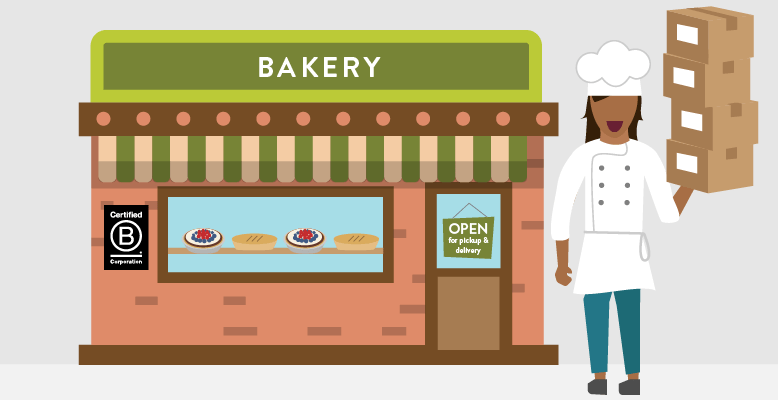
With the business growing, Beatriz returns to doing what she loves most: baking. She teaches baking classes within her community and helps would-be entrepreneurs realize their dreams by sharing her story.
A story’s conclusion should wrap things up. It should also carry a message into the future. With Beatriz that means helping her community and sharing her story. In content marketing, we often accompany take-aways with a Call-to-Action (CTA), something that will (hopefully) inspire readers to take an action, like sign a petition, buy new leggings, or register to vote.
A Note on Brevity
A story should be as long as necessary to get your point across, but no more. Don’t let story structure get in the way of clarity . We’re big fans of taking a “one page, one purpose” approach to content. In other words, don’t meander or cover too many topics in a single post. When working on story structure, stay focused but use as many words as necessary to tell a compelling story, preferably one that inspires us to take action.
Know the Rules, Then Break Them
Hopefully, these details on story structure and the elements of good storytelling will help you craft better stories that resonate with your readers. We didn’t cover elements like setting, tone, point-of-view, or voice, which also play important roles in the stories you tell, but understanding how good stories are commonly structured can go a long way toward helping you improve your own storytelling techniques. Once you know the rules, you have the ability to play with, or even break them if it makes for a more compelling experience for readers.
Considering content marketing as a vehicle for good storytelling can be extremely helpful to create stories that drive more meaningful connections with customers, donors, users, and other stakeholders. Best of luck!



